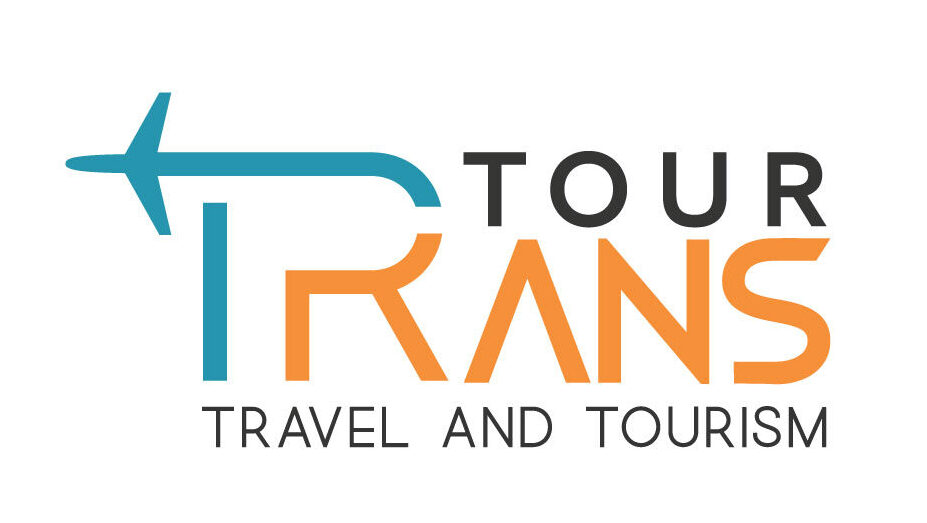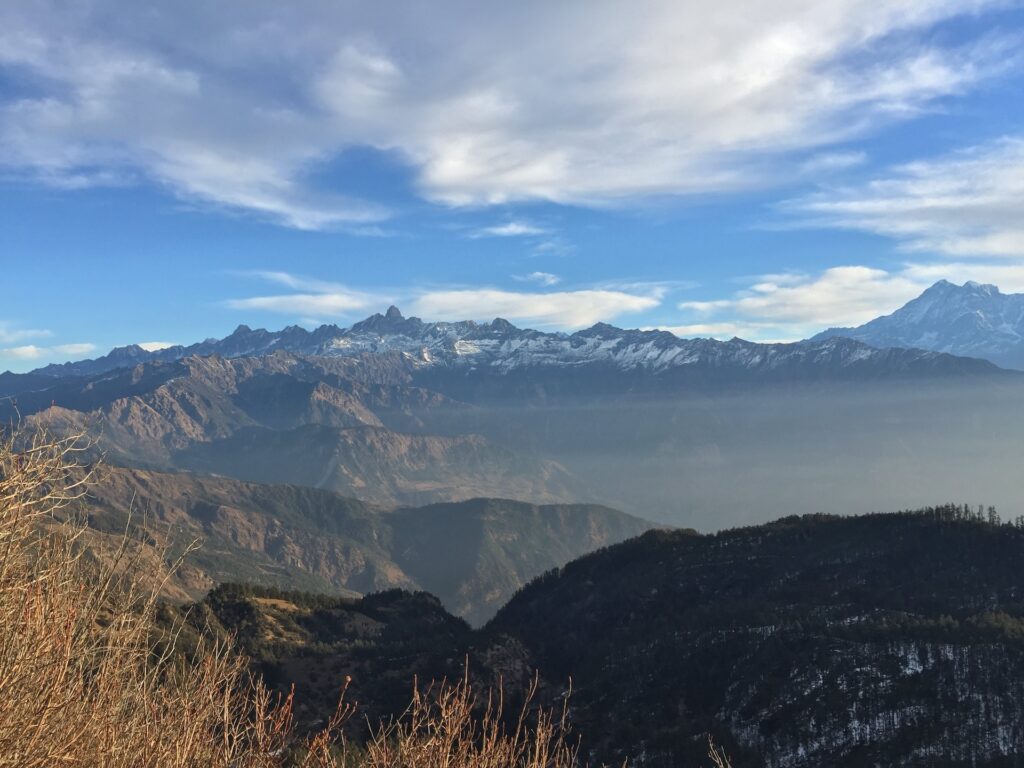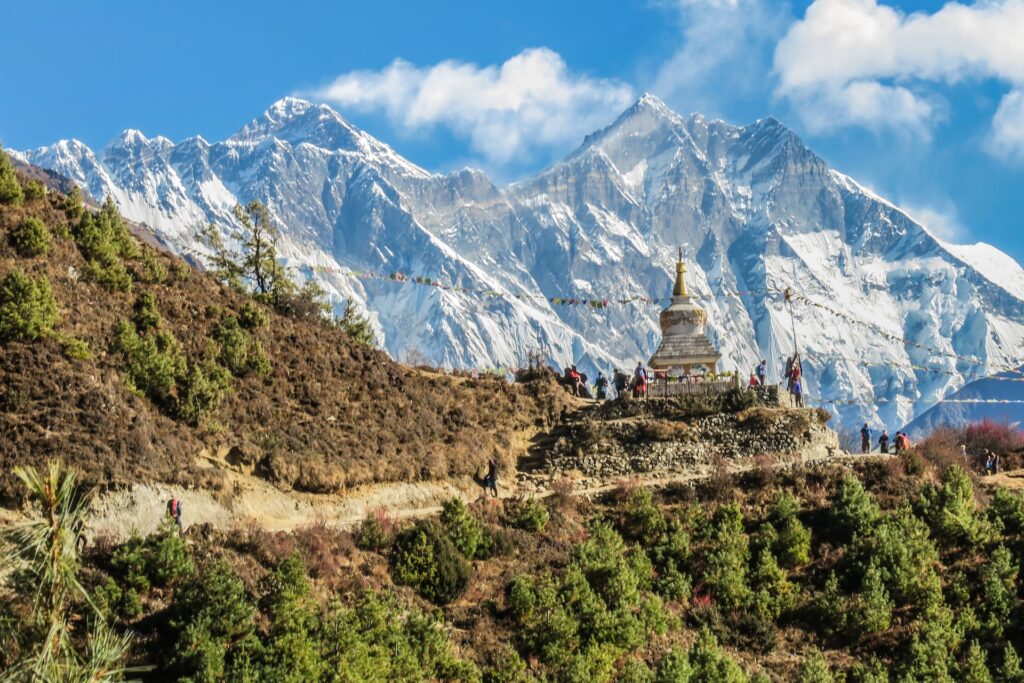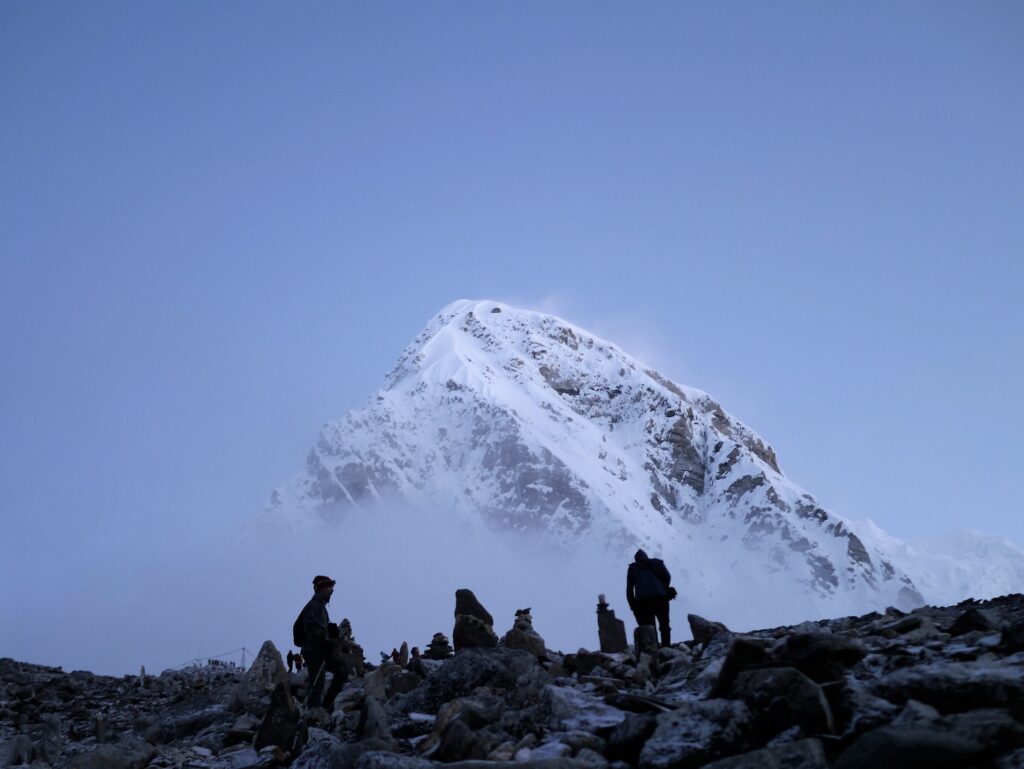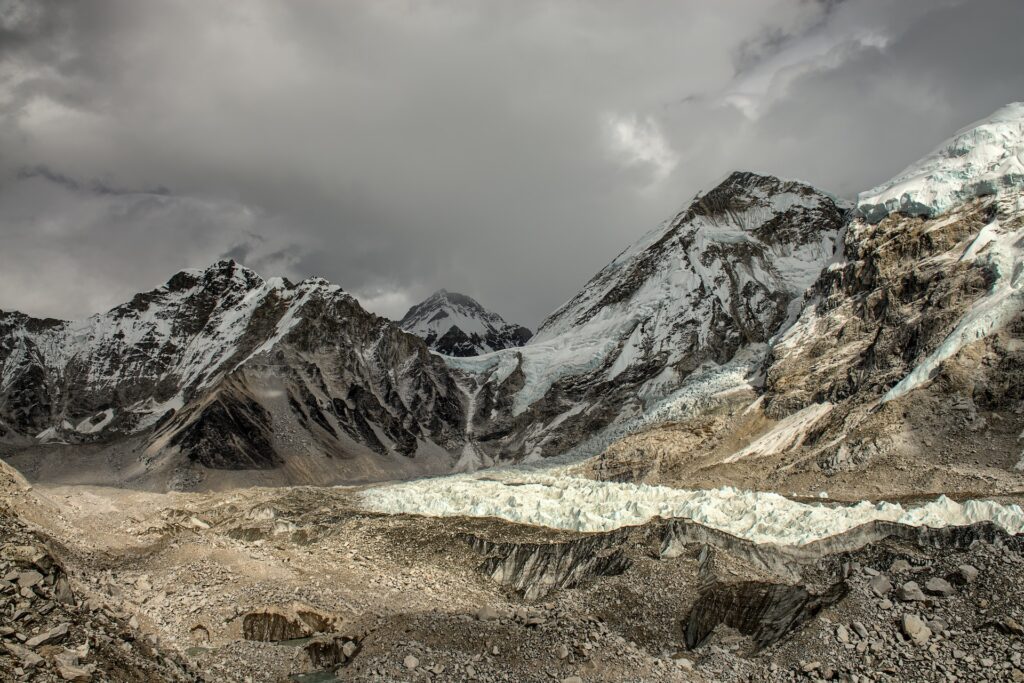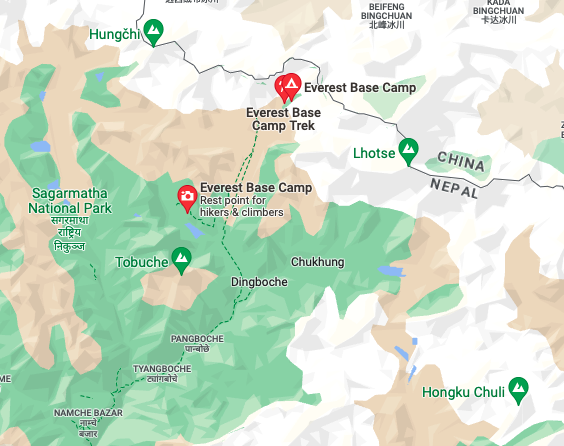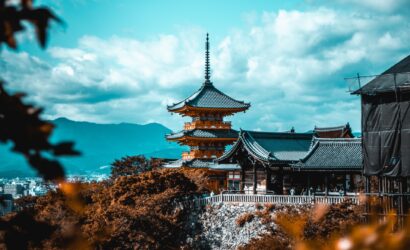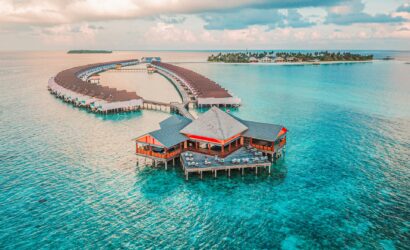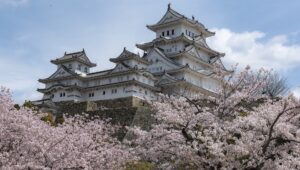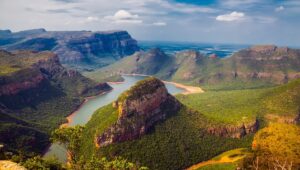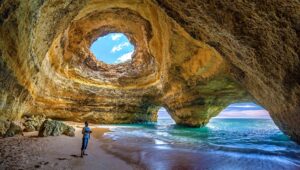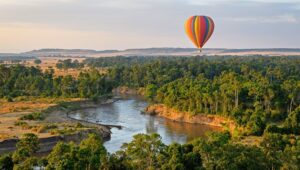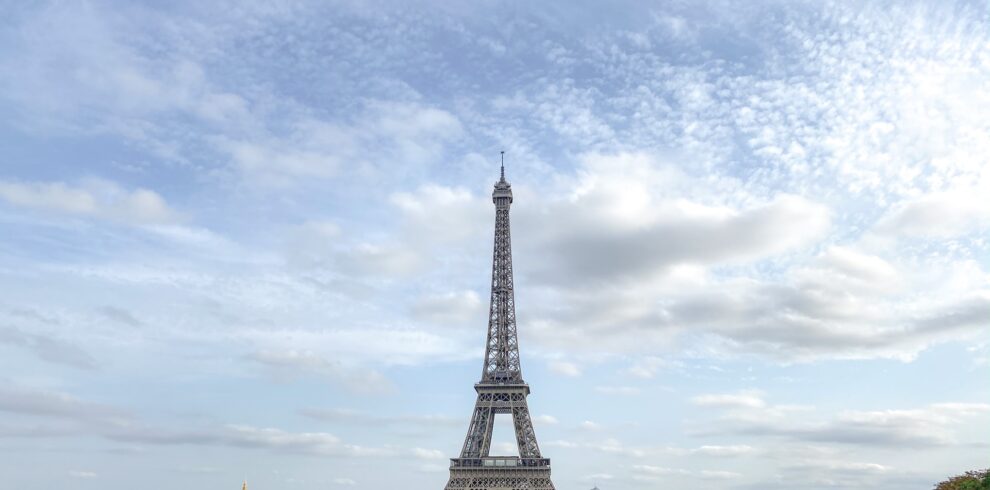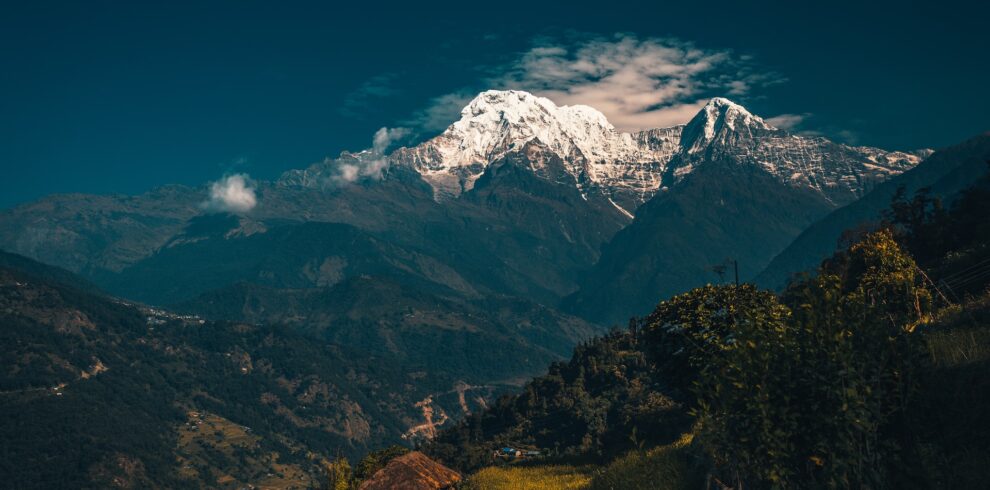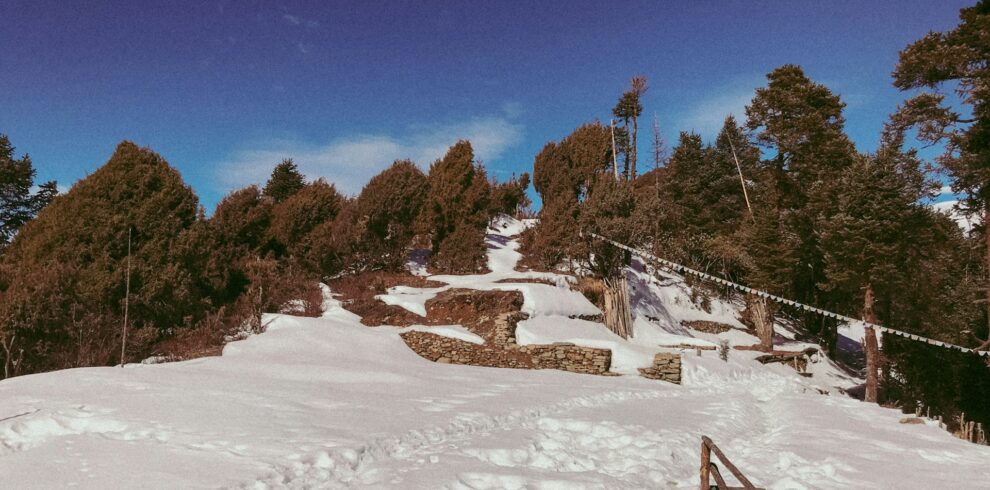Everest Base Camp, situated at an altitude of approximately 5,364 meters (17,598 feet), is a renowned destination for adventure seekers and mountaineering enthusiasts. Located in the heart of the majestic Himalayas in Nepal, Everest Base Camp offers a unique opportunity to experience the awe-inspiring presence of the world’s highest peak, Mount Everest. The trek to Everest Base Camp is a challenging yet rewarding journey that takes you through breathtaking landscapes, Sherpa villages, and Buddhist monasteries, providing an unparalleled adventure.
The trek to Everest Base Camp typically begins in the bustling town of Lukla, where you’ll be greeted by stunning mountain views and a vibrant atmosphere. From there, the trail winds through lush valleys, picturesque Sherpa settlements, and suspension bridges adorned with colorful prayer flags. As you ascend higher, you’ll be captivated by the ever-changing panoramas of snow-capped peaks, including Ama Dablam, Lhotse, and of course, Everest itself. The journey is not only a physical challenge but also an opportunity to immerse yourself in the rich Sherpa culture and witness their resilient way of life in the high mountains.
Reaching Everest Base Camp is a remarkable achievement, as it brings you closer to the world of mountaineering. Standing at the base of Everest, you can feel the magnitude of this legendary peak and the immense dedication and courage required to conquer it. The Base Camp itself is a bustling hub of activity during the climbing season, with colorful tents, expedition teams, and the palpable sense of adventure in the air. It’s a place where dreams are pursued, stories are shared, and the indomitable human spirit is celebrated. Standing at Everest Base Camp offers a profound sense of accomplishment and a deep appreciation for the natural grandeur that surrounds you.
Overview
The Everest Base Camp trek is an iconic adventure that takes you into the heart of the majestic Himalayas in Nepal. This legendary trek offers a chance to experience the awe-inspiring beauty of the world’s highest peak, Mount Everest, and the surrounding Himalayan range. Starting from the town of Lukla, you’ll follow in the footsteps of legendary mountaineers as you make your way through picturesque Sherpa villages, lush valleys, and ancient monasteries, all while enjoying breathtaking panoramic views of snow-capped peaks.
As you ascend through the trek, you’ll pass through Namche Bazaar, a bustling Sherpa market town and the gateway to the Everest region. Here, you can immerse yourself in the unique Sherpa culture, explore colorful monasteries, and sample traditional Sherpa cuisine. The trek continues through beautiful rhododendron forests, crossing suspension bridges adorned with prayer flags, and ascending to higher altitudes, offering stunning views of peaks like Ama Dablam, Lhotse, and of course, Everest.
The culmination of the Everest Base Camp trek is reaching the base camp itself, located at an altitude of approximately 5,364 meters (17,598 feet). Standing in the shadow of Everest, you’ll witness the towering presence of the world’s highest mountain and gain a deep appreciation for the determination and bravery of mountaineers who attempt to summit it. The experience of standing at Everest Base Camp is unforgettable, as you take in the dramatic landscapes and feel a sense of accomplishment for reaching this renowned destination.
